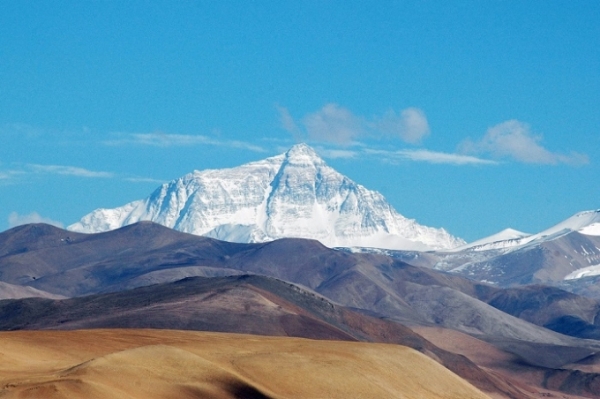Climate Change: Long-Term Effects on the Himalayas

Scientists are getting a better look at climate change by examining the Himalayas. Researchers have found that climatic changes, an increase in agricultural land use and population growth in the Himalaya Mountain basins could have negative impacts on water availability
In this latest study, the researchers used a sophisticated modeling tool called the Soil and Water Assessment Tool (SWAT). This tool accounted for land use, soil types, topography and meteorology to predict future climate change and project snowmelt and stream flow to assess the effects of land use on water availability in Nepal.
"This study is very important in a country like Nepal, since the research is primarily focused for estimating the effects of potential climate variability and land-use changes on water flow processes of specific Himalaya Mountain systems," said Ram P. Neupane, one of the researchers, in a news release. "Water availability has become problematic due to changing climate and land management practices in this region."
In mountain regions, continuing climate change actually exaggerates impacts of temperature and precipitation.
"This research highlights how geography plays a role in what potential impacts climate change is having on stream flow and erosion in this steep landscape," said Joseph White, one of the researchers. "From west to east in Nepal, roughly equivalent to the distance between Lubbock and Houston, differences in land use practices emerge as an important factor for future water conservation efforts. How people in Nepal are using what little land is available for food and habitation is very sensitive to changing water supplied by snow water, glacier melt and monsoonal precipitation."
The findings are published in the Journal of Hydrology.

Facebook comments